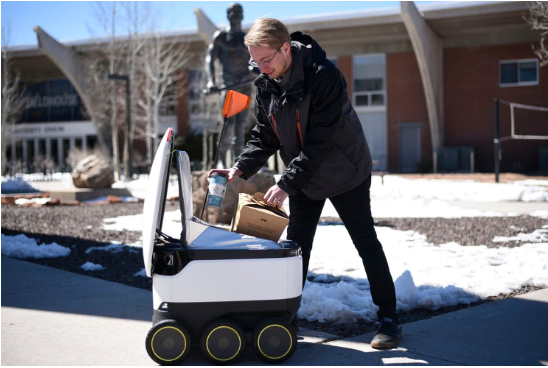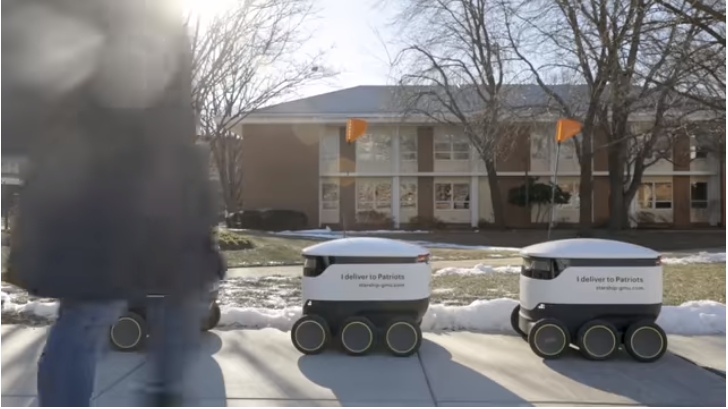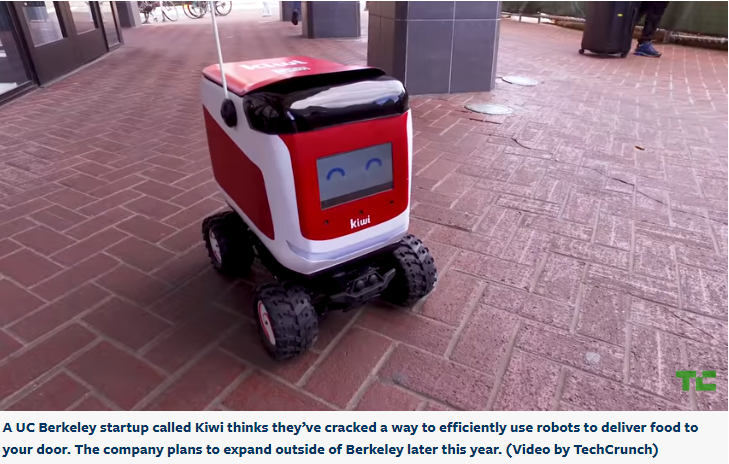Robots delivering food and products may soon be coming to a campus near you.
That's the claim from officials at George Mason University that became the first institution to introduce delivery robots on campus earlier this year.
The university teamed up with Sodexo and Starship Technologies to launch the service with 25 roaming robots now making thousands of deliveries across the 800-acre campus in all weather conditions.
Although it's early days the early signs are positive with students and staff finding the convenience factor quite appealing. Using a dedicated app they can make an order, and within a few minutes, a robot starts its journey to deliver food anywhere on campus for a $1.99 fee. The recipients can then unlock the delivery box using their app.
Technology is an institution differentiator
The announcement has not only been well received by students and staff but also brings with it some very positive exposure for the institution.
Today's students now expect universities to provide a digitally advanced experience online and through technology on campus. But the reality in terms of digital capability and innovation for many universities is quite different.
This is important in the context of today's students as they are evaluating the quality of university experiences in more depth, have much greater access to reviews of institution services and expect digital technology to provide a seamless experience.
This is backed up by our technology survey review article, that found when students are asked if they would consider switching universities for an institution with better use of technology and higher levels of innovation, over half said yes.
For institutions like George Mason University, campus innovation and provision of technology is, therefore, a great differentiator.
And it's also a demonstration that fun and innovative products are coming both into campus from external suppliers, and out of the university from their technology, engineering, business, and other faculties.
Good for business, efficiency and data collection
Although it's early days for the robots at George Mason University, the initial signs are positive with students and staff finding the convenience factor appealing.
Using a dedicated app they can make an order, and within a few minutes, a robot starts its journey to deliver food anywhere on campus for a $1.99 fee. The recipients can then unlock the delivery box using their app.
With the broader interest in electric vehicles growing rapidly, there's a sense of fun about these cute, modern designed robots. They seem to bring a smile to faces and make people think that perhaps the future has already landed.
And the innovation has been good business for both external partners and the University with food orders increasing since their introduction.
The robots also provide campus management with valuable data about the time students are eating, where food is originating from and ending up and patterns throughout the year - all useful information for food logistics and planning purposes.
Kiwi announces innovative, roll out plans
Kiwi, a start-up from the University of California, Berkeley, meanwhile, has announced its intention to roll out a similar service across a dozen campuses following a solid launch with 35,000 successful deliveries on familiar territory at Berkeley.
But rather than do it themselves by raising millions and hiring staff across multiple sites, they're reaching out directly to robotics enthusiasts and student groups to see if they will take partial ownership of Kiwi administration to make it a success.
Leveraging technology innovation stories with intelligent digital marketing
Both George Mason University and the University of California, Berkley saw the potential of the announcement and used digital marketing techniques to maximize the exposure generated.
Coverage reached high traffic sites including TechCrunch, Mashable, VentureBeat, Forbes, the Washington Post, Engadget, and The Verge, and stylish film footage was created and released across Youtube, Facebook, Instagram, and Twitter.
For major announcements like this, institutions can really benefit from a planned and coordinated approach, with paid search and social activity further boosting organic content efforts to generate traffic to targeted landing pages aimed at prospective students.
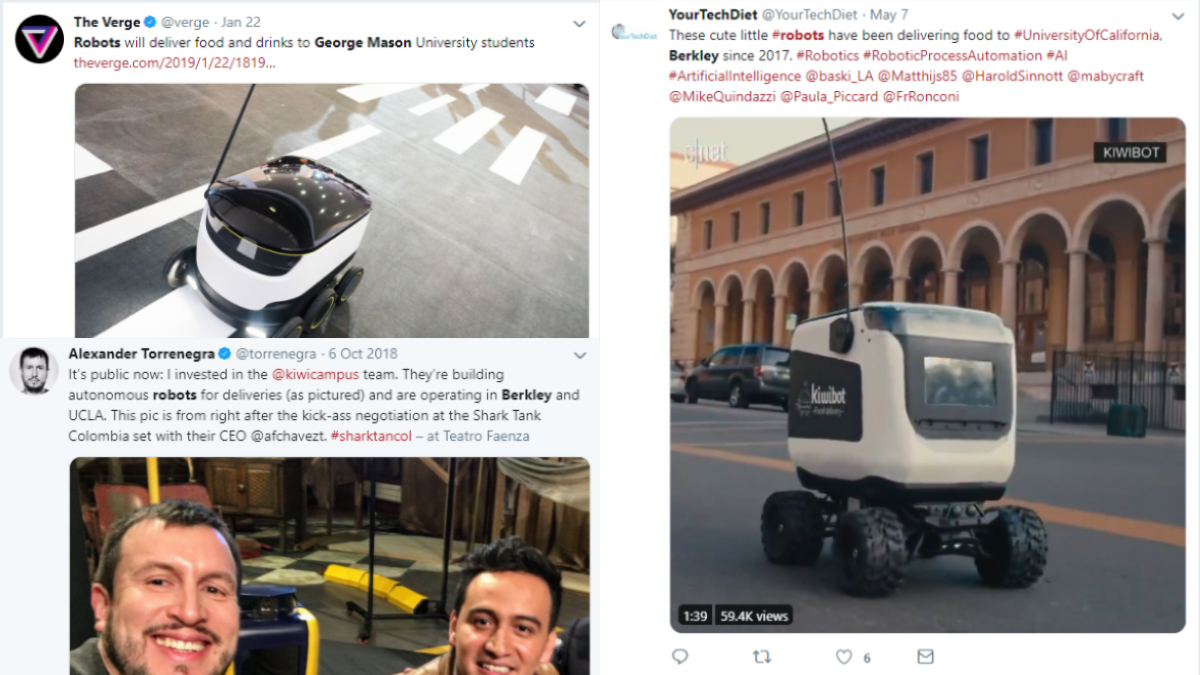
Universities are embracing technology and reinventing the campus
Robot delivery organizations have found university campuses to be ideal testing zones so far. Students are typically early adopters of technology and willing to try out new things. And the environment on campus is well suited with large expanses of pedestrianized areas, predictable footfall, and enclosed perimeters.
Food delivery might therefore only be the start, and it may only a matter of time before robots are used on campus to deliver items of post, books from the library, and e-commerce orders.
Whether you fear the rise of the robots or welcome their convenience, the future looks interesting for the technology on campus.
And using digital marketing institutions can project an image of digital capability that differentiates the university to thrive in these changing times.
How is your institution taking advantage of the digital age and staying relevant for your former, current and future students? We'd love to hear.
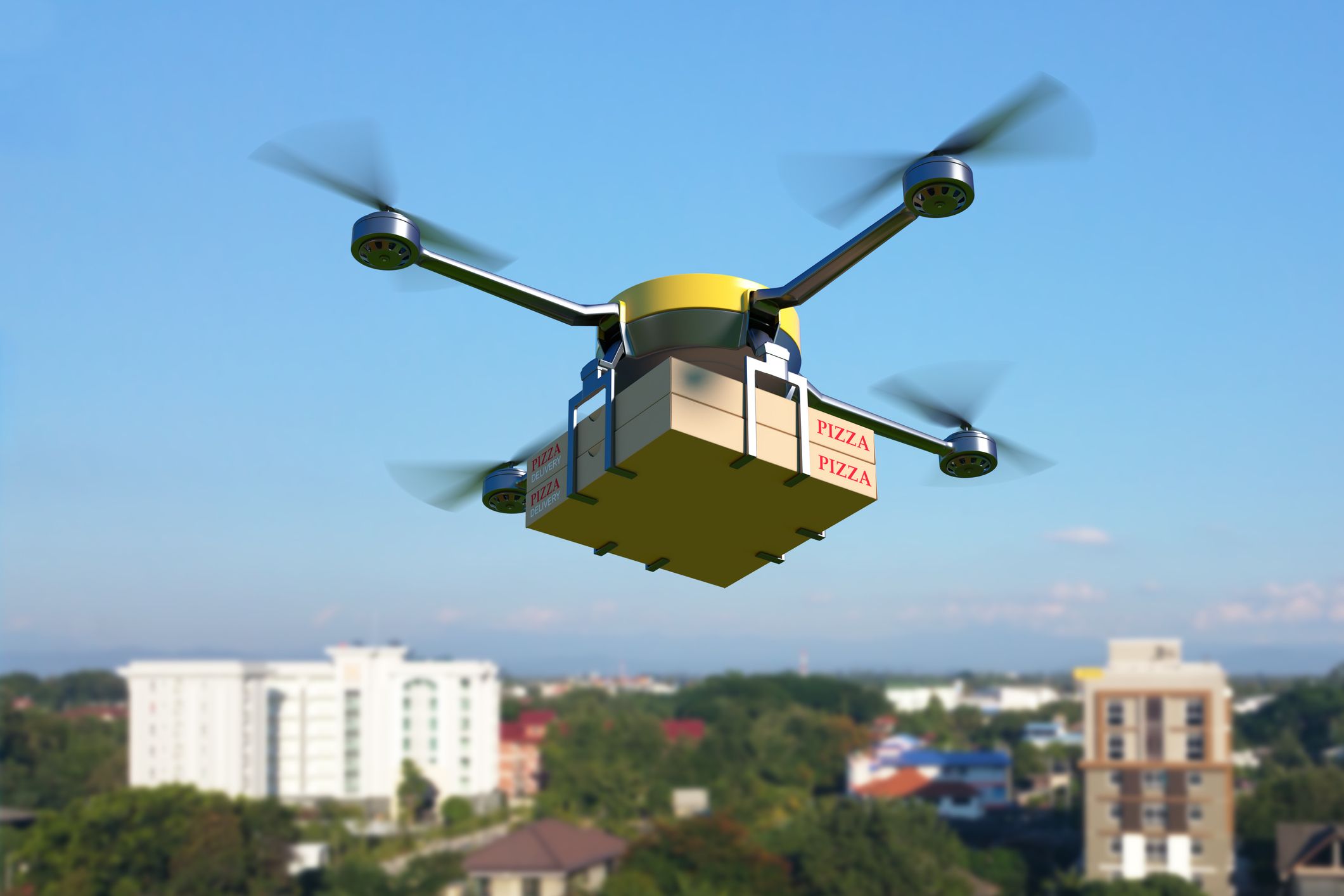

:format()//media/Robots-come-to-campus.png)
